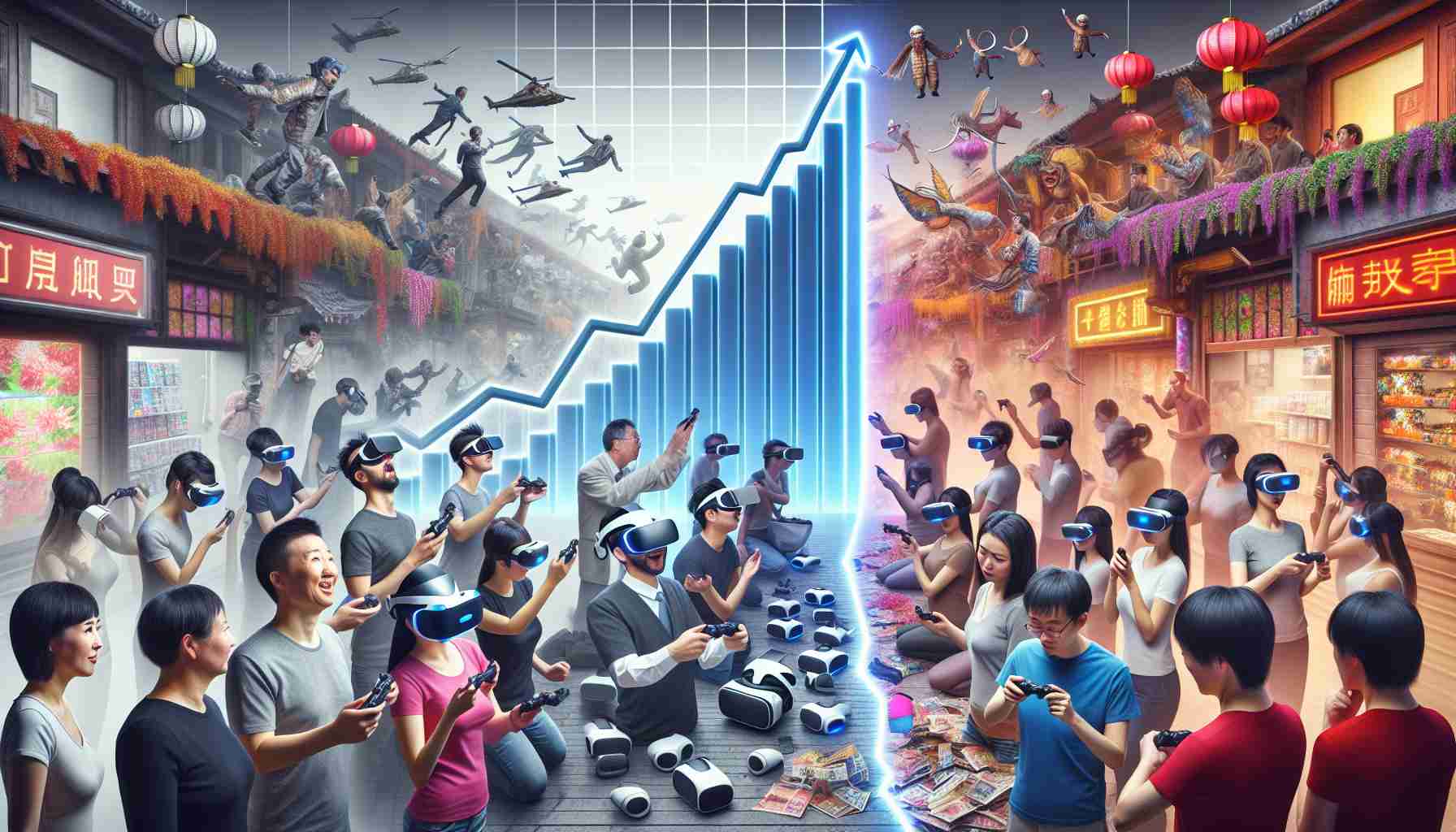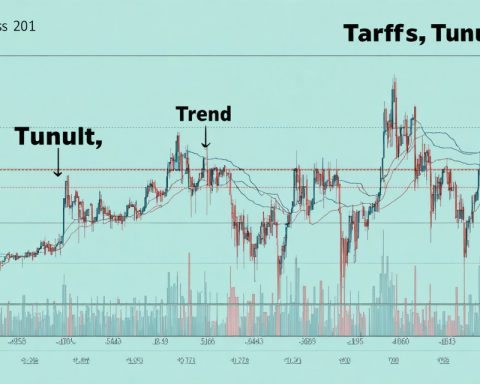Virtual Reality Headsets Struggle to Gain Traction in the Chinese Market
After months of anticipation, the highly-anticipated Vision Pro VR headset finally launched in China on June 28th, with a lukewarm reception compared to its debut in the United States. Despite Apple’s efforts to generate hype, the enthusiasm for Vision Pro among Chinese consumers seemed to be lacking.
User Experience Challenges and High Price Points
Priced at a steep starting point of 29,999 yuan, the Vision Pro faced tough competition from more affordable alternatives in the market. Users reported challenges with the bulky design and discomfort after prolonged use, highlighting the need for improvements in user experience. Additionally, the lack of native applications tailored for the Vision OS system hindered the overall user experience.
Market Response and Future Prospects
Analysts predicted disappointing sales figures for the Vision Pro, prompting Apple to reevaluate its strategy. The market demand for high-end VR headsets remains uncertain, leading Apple to consider launching a more affordable model by the end of 2025. Despite the setbacks, the Vision Pro marked an important milestone for Apple in exploring new technologies and expanding its product portfolio.
Industry Impact and Future Developments
The introduction of the Vision Pro set a benchmark for the XR industry, spurring competition and innovation among other manufacturers. Chinese companies are gearing up to develop their versions of high-end VR headsets, signaling a shift towards more advanced technologies in the market. With the supply chain playing a crucial role in the production of VR headsets, Chinese suppliers saw a surge in stock prices following the release of the Vision Pro.
In conclusion, while the success of the Vision Pro remains uncertain, its impact on the VR industry is undeniable. As technology continues to evolve, VR headsets like the Vision Pro push boundaries and pave the way for future advancements in immersive experiences.
The Highs and Lows of Virtual Reality Headsets in the Chinese Market
As the virtual reality (VR) landscape evolves in China, new factors come into play that shape the rise and fall of VR headsets in the country. Let’s delve into some key questions and insights that shed light on this dynamic industry.
What are the Emerging Trends in the Chinese VR Market?
Beyond the struggles faced by the Vision Pro headset, there is a burgeoning interest in standalone VR devices in China. Companies like Pico and Oculus are gaining traction with their more affordable and user-friendly VR headsets, offering a glimpse into a potential shift in consumer preferences towards convenience and accessibility.
How Important is Content Ecosystem to VR Adoption in China?
One of the critical challenges for VR adoption in China is the lack of a robust content ecosystem. While hardware capabilities are essential, the availability of compelling and localized content plays a pivotal role in driving user engagement and sustained interest in VR platforms. Developing partnerships with local content creators could be key to unlocking the full potential of VR in the Chinese market.
Advantages and Disadvantages of VR Headsets in China
On the one hand, VR headsets offer immersive and interactive experiences that have the potential to revolutionize industries like gaming, education, and healthcare in China. However, high price points, user discomfort, and limited content availability pose significant barriers to widespread adoption. Balancing technological advancements with user-centric design and content strategy is crucial for VR headsets to thrive in the Chinese market.
Exploring the Future of VR in China
Despite the hurdles faced by VR headsets in China, there are promising signs of growth and innovation on the horizon. The convergence of VR with other emerging technologies like 5G and artificial intelligence presents new opportunities for enhanced experiences and expanded use cases. Keeping pace with evolving consumer preferences and technological developments will be key to shaping the future trajectory of VR in China.
In navigating the complexities of the Chinese VR market, it is clear that a multifaceted approach encompassing price competitiveness, user experience enhancements, content diversity, and technological advancements will be pivotal in determining the fate of VR headsets in the country.
For further insights on the evolving landscape of VR technology, you can explore reputable sources like Virtual Reality Times. Stay informed about the latest trends and developments shaping the future of VR experiences in China and beyond.



















